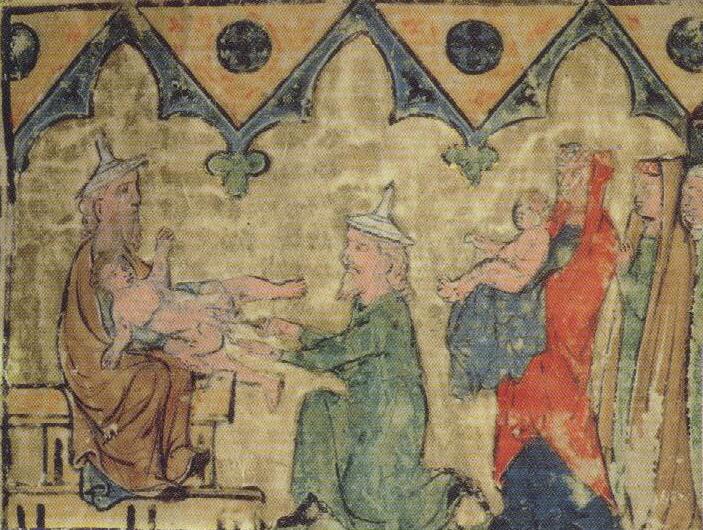Ancient Roman Diseases: While the people of Rome are known to have suffered from plagues, which erupted at various times, the real killers, were infectious diseases like malaria (Plasmodium Falciparum, the most dangerous form), tuberculosis, typhoid fever, and certain digestive ailments like gastroenteritis.
Ancient Roman Diseases
The most deadly diseases to which ancient Rome’s population routinely succumbed were affected by temperature; in particular, the most lethal form of malaria, which had a long incubation period and high-temperature requirement, did not reach its peak frequency until autumn.

It is estimated that each year several thousand people died in Rome form these diseases, with women and young children aged 1 to 5 especially vulnerable. There was no distinction in mortality -rates between men and women, but it is likely that in epidemics women under the age of 40 experienced higher mortality than men.
Ancient Roman Diseases: Facts
This would have been due to women’s harder work regimes and poorer diets than those of their male counterparts, as well as the dangers associated with childbirth.
Given the close quarters in which the urban poor lived, their poor hygiene and undernourishment, as well as the constant influx into the city of migrants who were incapable of fighting these diseases, it is no wonder that infectious diseases were virulent killers.

While the public sewers in Rome were maintained by the state, private drains were the responsibility of the property owner and, hence, usually neglected. In fact, very few dwellings in the imperial capital were directly connected to either street drains or the public water supply. Kitchens were normally located near the households’ latrines, which were little more than cesspits, which had to be cleaned out by hand.
Plague in ancient Rome
An apartment building may have had a latrine and fountain on the found floor for its many residents. It was customary for those living in apartments on the upper floors, Rather than using the latrine on the ground floor, to empty their chamber pots out their apartment windows.
Since there was no official street cleaning service in Rome, the congested neighborhoods were malodorous and plagued with files and dogs, which spread diseases.

On average, the life expectancy at birth of women was between 20 and 30 years and that of men a bit higher. Of course, slaves must have had a shorter life expectancy, probably not living much beyond 20 years. While there are no precise figures regarding infant mortality, it appears that children in the first 10 years of life ran a very high risk of death.
Malaria in ancient Rome
It is estimated that more than 50 % of all children in this age group suffered from a malarial infection. The picture emerges that is that children in Rome frequently predeceased their parents and wives died years before their husbands.




